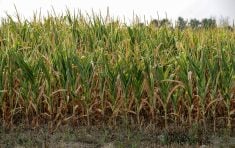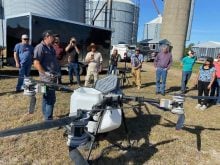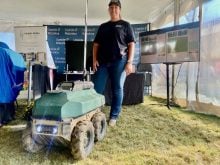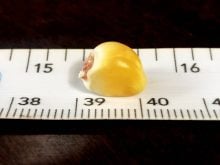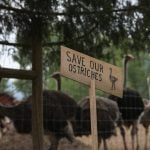Researchers and plant breeders have been working to develop ways to overcome tar spot in corn, but there three primary factors confound the search. For starters, the disease pathogen (Phyllachora maydis) only grows on living tissue. Recreating the ideal conditions under which the disease flourishes (temperatures between 16 C and 23 C and relative humidity above 75 per cent) for the purpose of research is also difficult. Then there’s the pathogen’s ability to overwinter for one year and in some cases two years.
Why it matters: Tar spot has become a threat in corn so greater research efforts are underway to understand and combat it.
Research from the United States Department of Agriculture’s Agricultural Research Service may have identified a source of resistance from Alternaria alternata, which has been useful in controlling tar spot in wheat and sclerotinia in beans.
Read Also
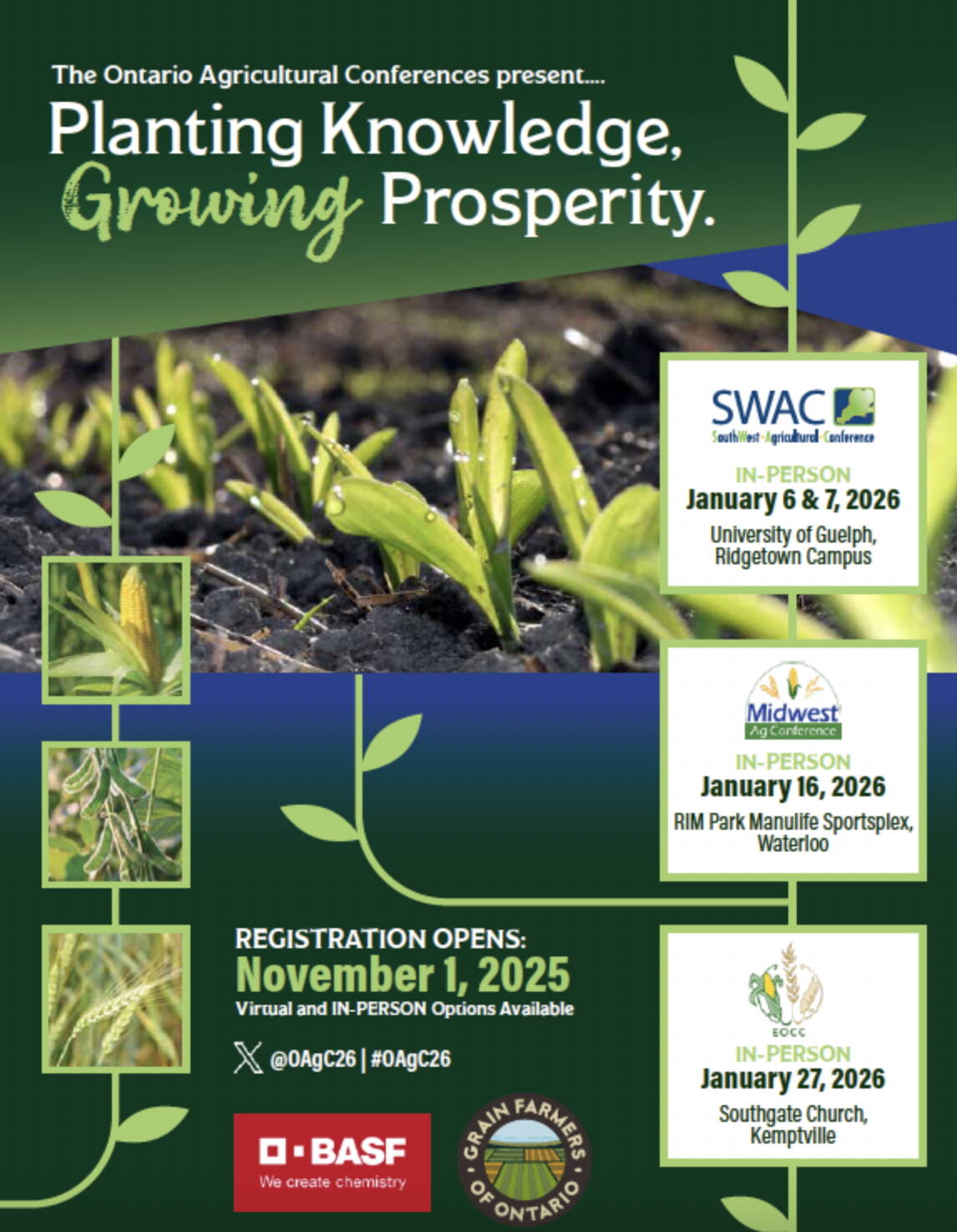
Ontario Agricultural Conference increases accessibility
The Ontario Agricultural Conference 2026 offers in-person and online access to expert insights, hands-on learning, and networking opportunities.
Eric Johnson, a research molecular biologist with the USDA-ARS, says there have been lab-based tests identifying strains of “Aa” that do not cause symptoms on disease-susceptible inbred corn. Isolates of the Alternaria fungus prevented roughly 45 per cent of tar spot stromata from germinating.
More research required
“We have many strains of this and other biocontrol candidates that are undergoing testing and others that still need to be tested,” says Johnson.
“We have recently isolated some other fungal species from dead tar spots and they do inhibit the growth of other corn pathogens, such as Fusarium graminearum. One species we isolated does inhibit tar spot germination, does not appear pathogenic to corn and has been included in an overwintering study.”
The use of Alternaria in Johnson’s work is an important difference from other research, which attempts to develop genetic resistance. Johnson is trying to establish a biological control.
He’s seen preliminary success in the use of such agents and has three different biocontrol materials in varying stages of testing, one of which he’s hoping to move to larger-scale trials.
“Not much is known about the resistance mechanisms to tar spot,” he says, noting there is a Monsanto patent from 2018 that describes a region on a specific chromosome (10) that contributes resistance.

“Regions of tar spot resistance have been reported on chromosomes 1, 6, 7, 8 and 10 by the International Maize and Wheat Improvement Center, with the source on chromosome 8 contributing the most in the populations examined.”
Seed companies also have hybrids with a natural level of resistance or tolerance compared to others. However, there may be more than one strain of tar spot that can infect corn and some may have alternative hosts.
As Johnson also notes, most fungicides in use against tar spot kill mycelia and spores, but not stromata, the black raised spots that form on the leaf surface. They are the long-term survival structures that produce spores under the right conditions.
“We’ve obtained leaves with stromata from fields treated with fungicides, and they still germinate and produce spores,” says Johnson. “Stromata can be produced as the plant grows, so repeated fungicide applications can be necessary.”
His research is in early stages. Although there is urgency to find a response to tar spot in corn, identifying a biological control and imparting that trait could take another five to 10 years.
“That concern prompted us to initially try some commercial materials, and as we reported in our recent publication, that material was highly effective in preventing stromata germination,” he says.
Some of the biocontrol agents tested by ARS are capable of saprophytic growth, meaning they can outlast some fungicides. Researchers are also investigating the ability of biocontrol candidates to kill overwintering tar spot stromata and have found some that are more tolerant of cold versus the commercial biocontrol agents they’ve tried.
“The corn growers we’ve discussed tar-spot control strategies with are interested in using a biological control, provided it’s compatible with fungicide use,” says Johnson.
“There are published reports of some biological control agents that are compatible with fungicides and we plan to begin testing some of our candidates for tolerance to a fungicide used to control tar spot shortly.”
Ontario a hot spot
When comparing the area and volume of corn produced in Ontario to those in the U.S. Midwest, it’s hard to believe growers in the province faced higher levels of tar spot. Yet that was the case in 2023, according to Rob Miller, regional technical services manager for Eastern Canada with BASF.
“The U.S. had relatively low levels and Ontario was the hot spot,” he says. That provided a unique opportunity to gather more research data on the disease.

“In general, the environment was the main factor, with areas south and west of London with the highest pressure. We also saw tar spot having a significant impact on yield in areas north of London this year.”
Despite its arrival in Ontario in 2018, the learning curve on tar spot is relatively steep. Miller says it’s still a relatively new disease for North America. Each year is different in terms of weather, rotation, hybrid selection, use of fungicides and even which disease is the greater challenge.
There was a lot of disease in the 2023 growing season, whether it was northern corn leaf blight, tar spot or gibberella ear rot.
“We actually saw a lot of (northern corn leaf blight) across the province, further north into Grey, Bruce and Huron, and then down into Niagara and Norfolk counties,” says Miller.
“But this year, there are fields with higher levels of gibberella and that’s the wild card, as it’s more challenging to control compared to other diseases.”
There were also small pockets where northern leaf spot and gray leaf spot were detected at relatively low levels, with little to no impact on yield. Agronomists have seen more of this in the past two to three years, particularly in southwestern Ontario.
Double impact
Another scenario involved areas where northern corn leaf blight was the main disease and tar spot came in shortly after, causing plants to shut down within a couple of weeks.
“It’s this constant battle trying to find the best recommendation as it can vary year to year based on the location,” says Miller.
“We’ve learned a lot in the last few years on both gibberella ear rot and tar spot, and we continue to provide more precise recommendations based on the environment, crop stage and risk level. It’s certainly nothing that comes quickly, especially given the newness of the disease.
“Where it continues to thrive is in Ontario and the Great Lakes Basin, where there’s that ideal climate, with the humidity combined with foggy mornings and heavy dews.”
As for the best approach in dealing with tar spot, he cites the pillars of integrated pest management, yet some of those practices are changing with each passing growing season. Where it was believed that rotation had a significant impact, Miller concedes tar spot’s overwintering ability changed that, as did what they learned with respect to tillage.
“Five years ago, the recommendation for growers was to incorporate the residue with tillage, and now we realize there’s enough inoculum that overwinters or blows in from neighbouring fields or neighbouring states,” he says.
“Tillage will have minimal impact, but proper hybrid selection combined with a well-timed fungicide can help manage risk. Looking at corn management as an entire package – not just trying to manage one disease – is very important.
“Every year is different but we continue to learn a lot for both DON and tar spot in order to come up with better recommendations, and we refine the recipe year after year.”






